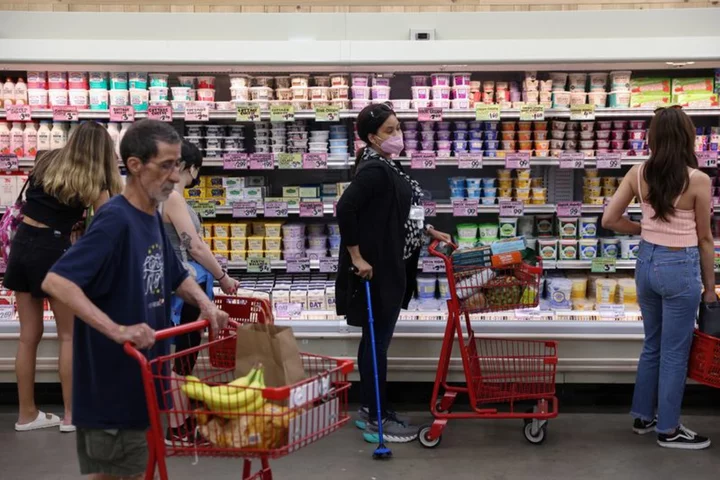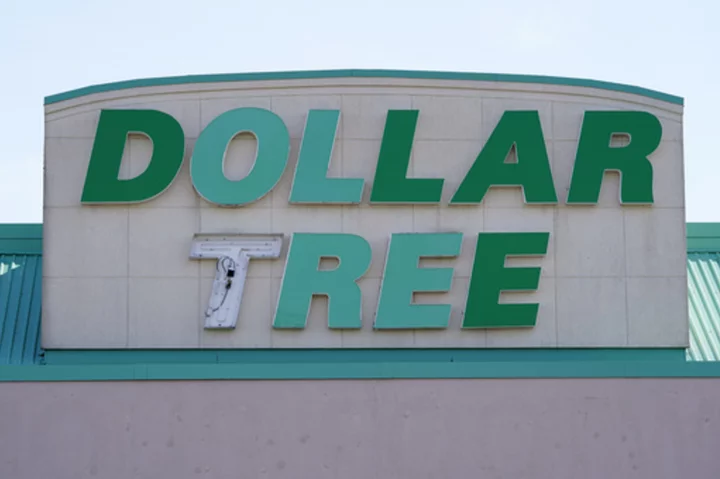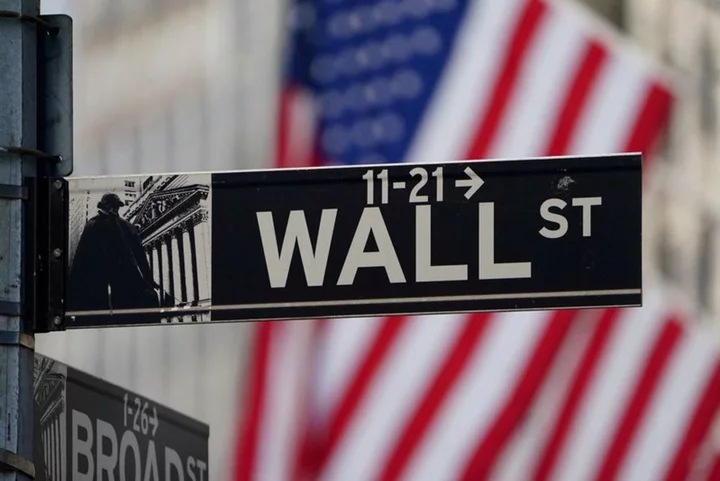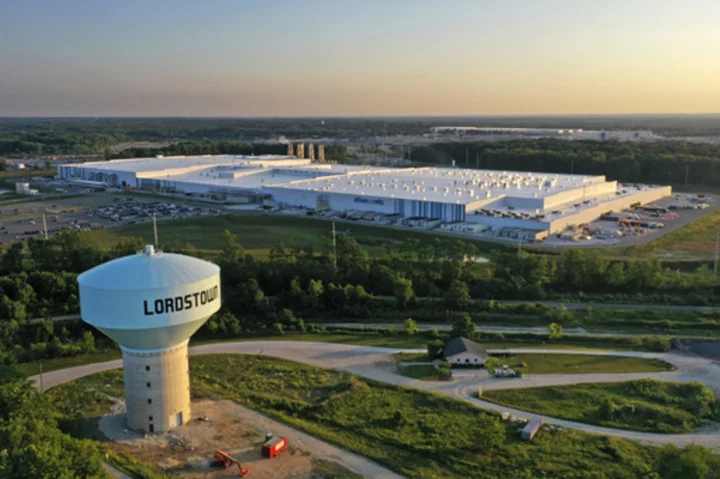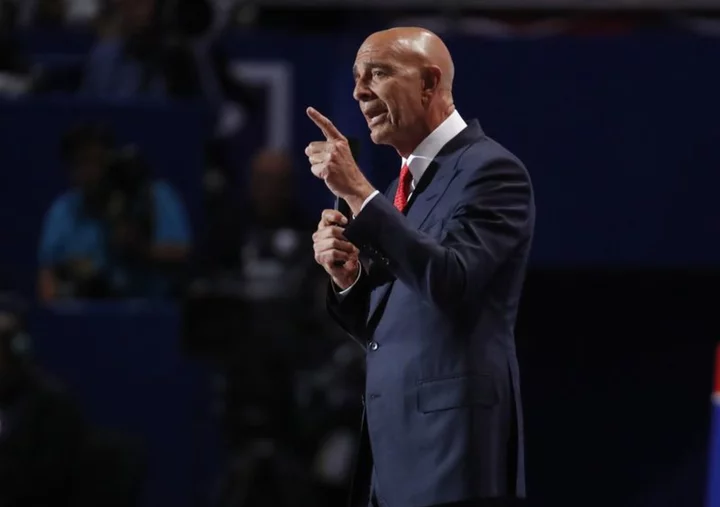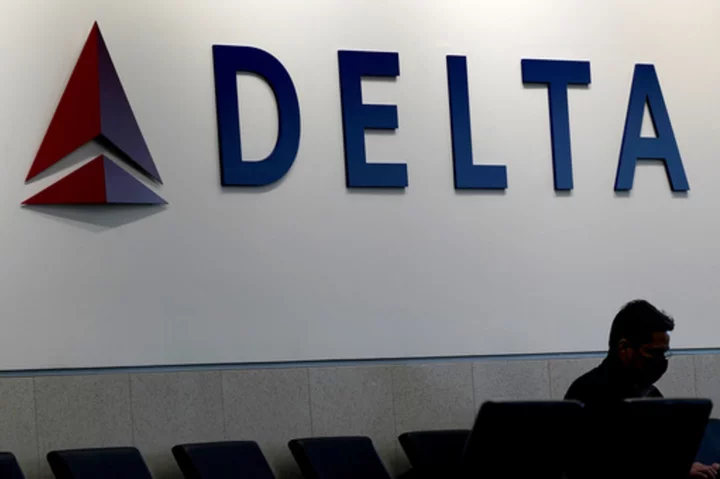By Lucia Mutikani
WASHINGTON (Reuters) -U.S. producer prices fell more than expected in May as the costs of energy goods and food declined, signaling that inflation pressures were abating throughout the economy and would provide relief to consumers burdened by higher prices.
The report from the Labor Department on Wednesday also showed the annual increase in producer inflation last month was the smallest in nearly 2-1/2 years. Underlying producer prices were also muted last month, strengthening the case for the Federal Reserve to skip raising interest rates on Wednesday.
It followed on the heels of data on Tuesday showing consumer prices edging up in May, with the year-on-year increase the smallest since March 2021.
Fed officials are expected to keep rates unchanged at the end of their two-day meeting, for the first time since March 2022 when the U.S. central bank embarked on its fastest monetary policy tightening campaign in more than 40 years.
"There aren't as many factory price increases in the pipeline waiting in ambush for consumers and that spells relief for the inflation-weary American public," said Christopher Rupkey, chief economist at FWDBONDS in New York.
"Inflation isn't finished wreaking its havoc on the economy yet, but we can see the day is coming when inflation will come down to more manageable levels after the pandemic demand surge completely dissipates."
The producer price index for final demand dropped 0.3% last month after rising by an unrevised 0.2% in April. A 1.6% plunge in prices for goods, the largest decrease since last July, accounted for much of the decline in the PPI.
Goods prices, which rose 0.2% in April, were last month depressed by a 6.8% decline in energy prices. Gasoline prices tumbled 13.8%, accounting for 60% of the decrease in goods prices. Food prices fell 1.3%, declining for a second straight month as chicken eggs and vegetables cost less.
Food commodity prices have dropped back to levels seen prior to Russia's invasion of Ukraine in February 2022.
The cost of services rose 0.2% after advancing 0.3% in April, driven by margins for automobiles and automobile parts retailing. There were also increases in fuels and lubricants retailing as well as apparel, footwear and accessories retailing. Fees for securities brokerage, dealing, investment advice and related services rose last month.
But prices for truck transportation of freight fell 2.1% and portfolio management fees also declined.
In the 12 months through May, the PPI climbed 1.1%. That was the smallest year-on-year rise since December 2020 and followed a 2.3% increase in April. Inflation is subsiding as supply chain bottlenecks disappear and last year's surge in prices drop out of the calculation of the annual figures.
Economists polled by Reuters had forecast the PPI dipping 0.1% from the prior month and rising 1.5% on year.
U.S. stocks opened lower. The dollar fell against a basket of currencies. U.S. Treasury prices rose.
The Fed, which has hiked its policy rate by 500 basis points in this tightening cycle, was seen leaving the door open to further rate increases given the economy's resilience, particularly the labor market.
Excluding the volatile food and energy components, core goods prices edged up 0.1% last month, matching April's gain.
The narrower measure of core PPI, which strips out food, energy and trade services components, was unchanged after inching up 0.1% in April. In the 12 months through May, the core PPI rose 2.8% after increasing 3.3% in April.
The Fed, which has a 2% inflation target, tracks the Personal Consumption Expenditures (PCE) price indexes for monetary policy.
(Reporting By Lucia Mutikani; Editing by Chizu Nomiyama and Andrea Ricci)

